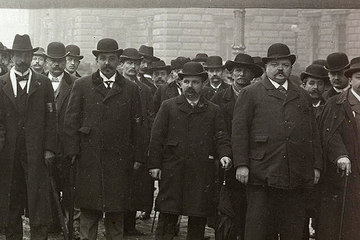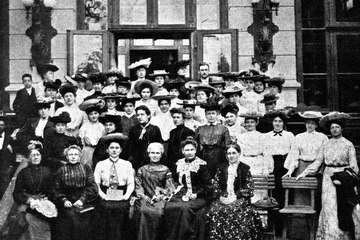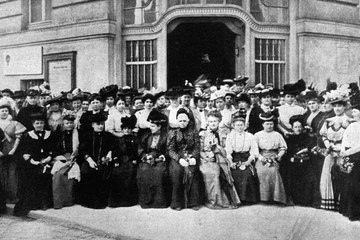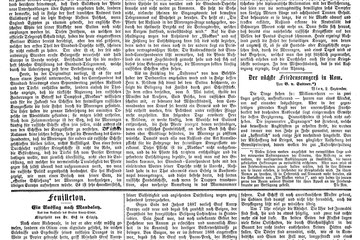Para Pacem – an Austrian peace movement with a difference
Shortly before the outbreak of the First World War, Adolf Müller, former member of the Austrian Peace Society, founded his own association, the Österreichischer Verband für allgemeine Völkerverständigung “Para Pacem”. It evolved after the war into the Österreichische Völkerbundliga [Austrian League of Nations], which in 1945 became the Österreichische Liga für die Vereinten Nationen [Austrian United Nations Association].










